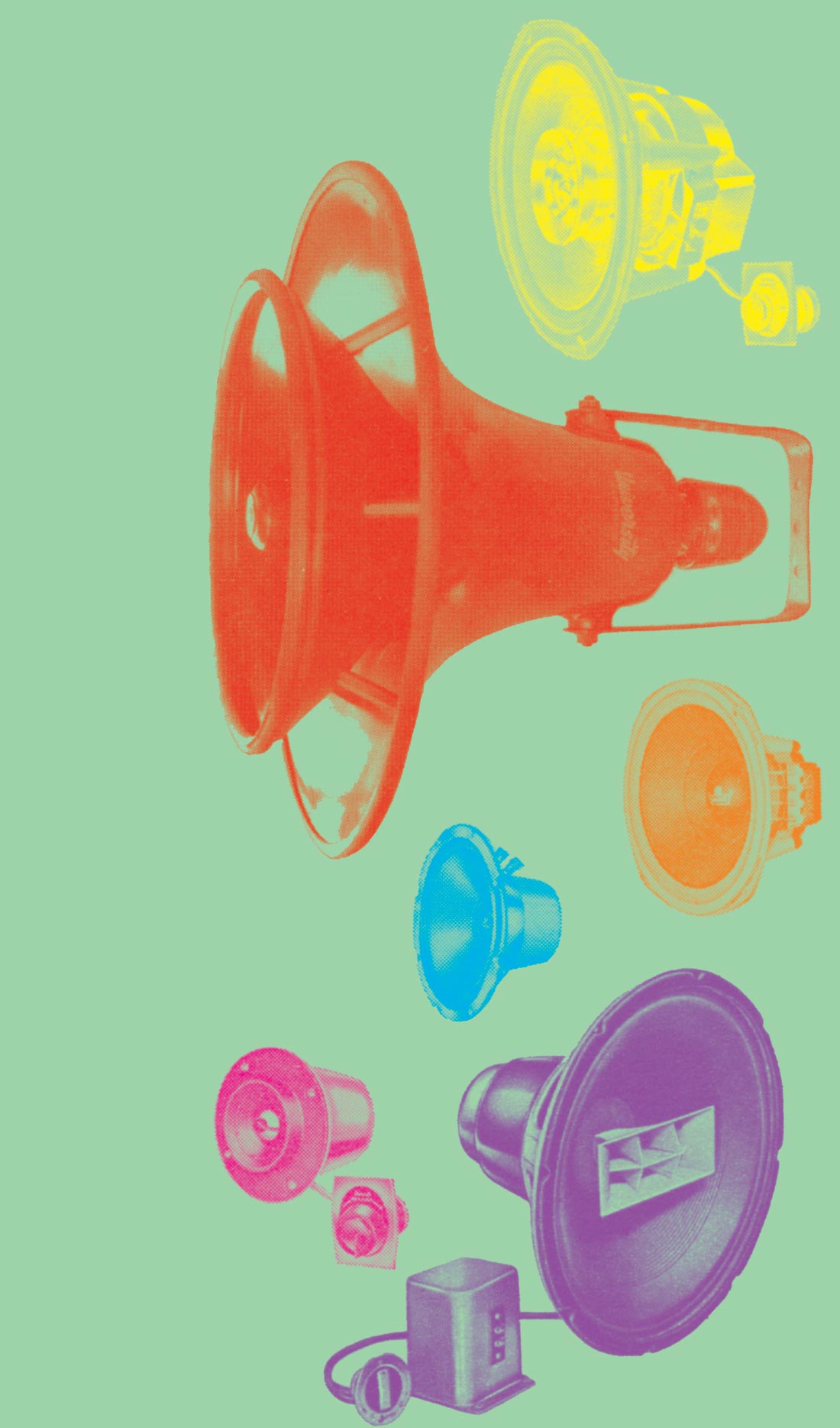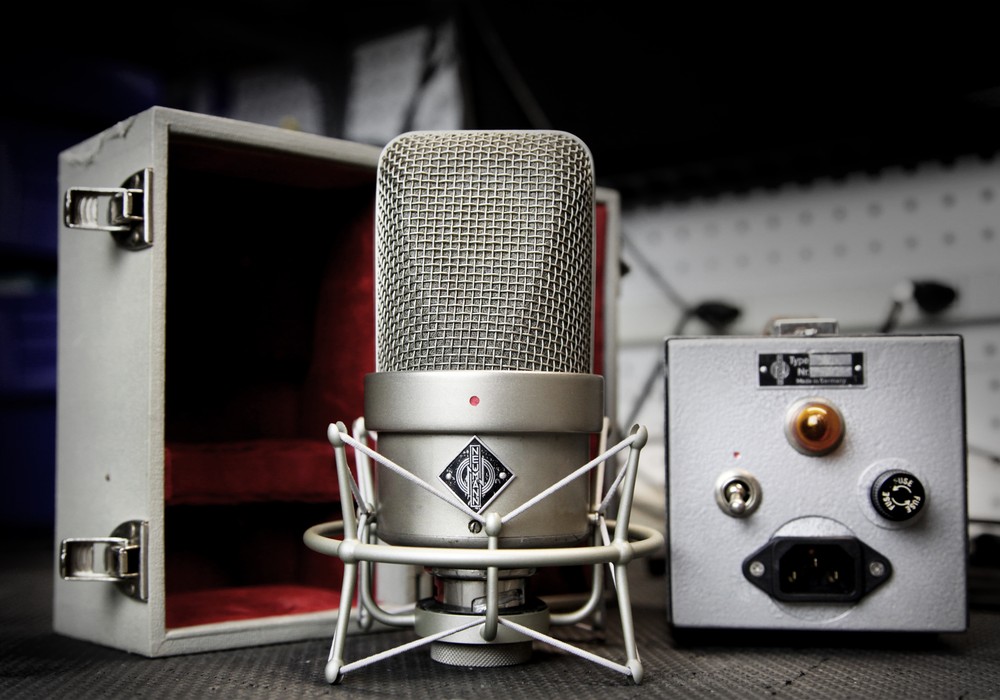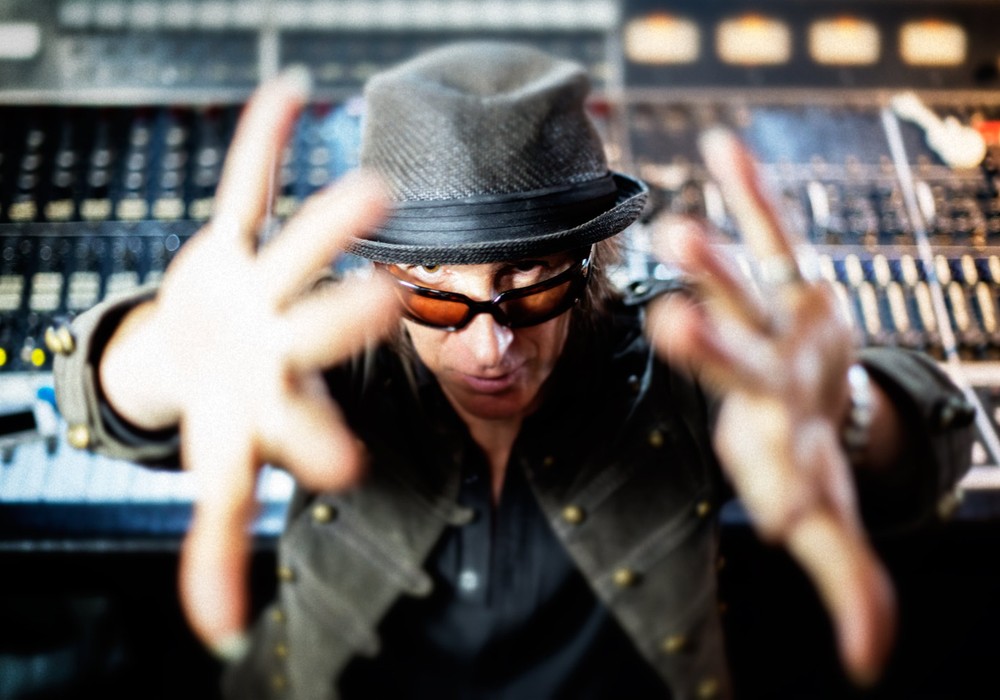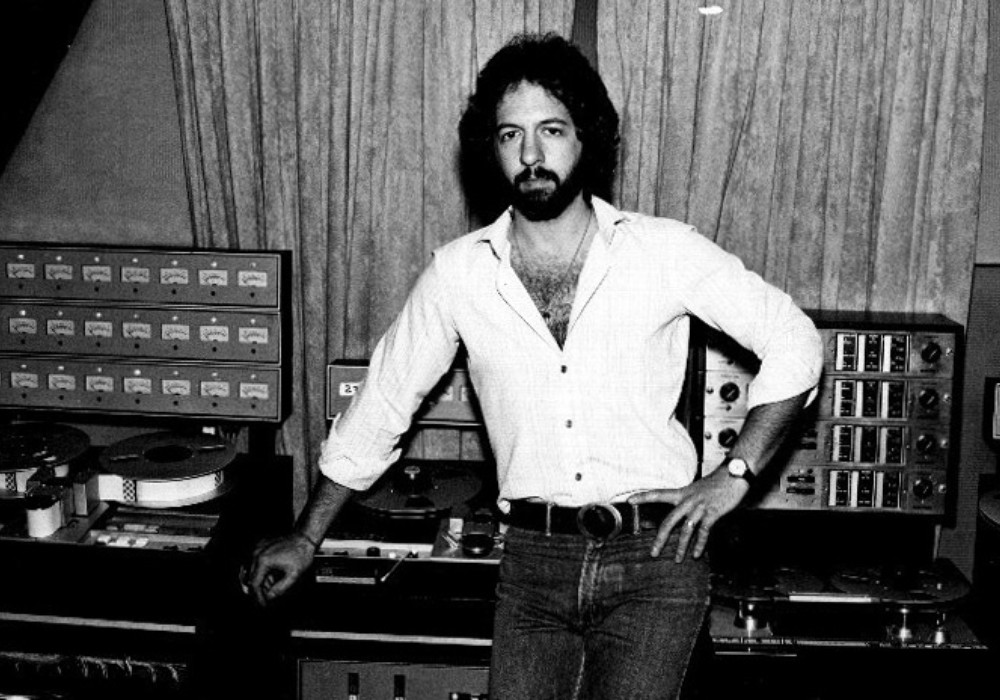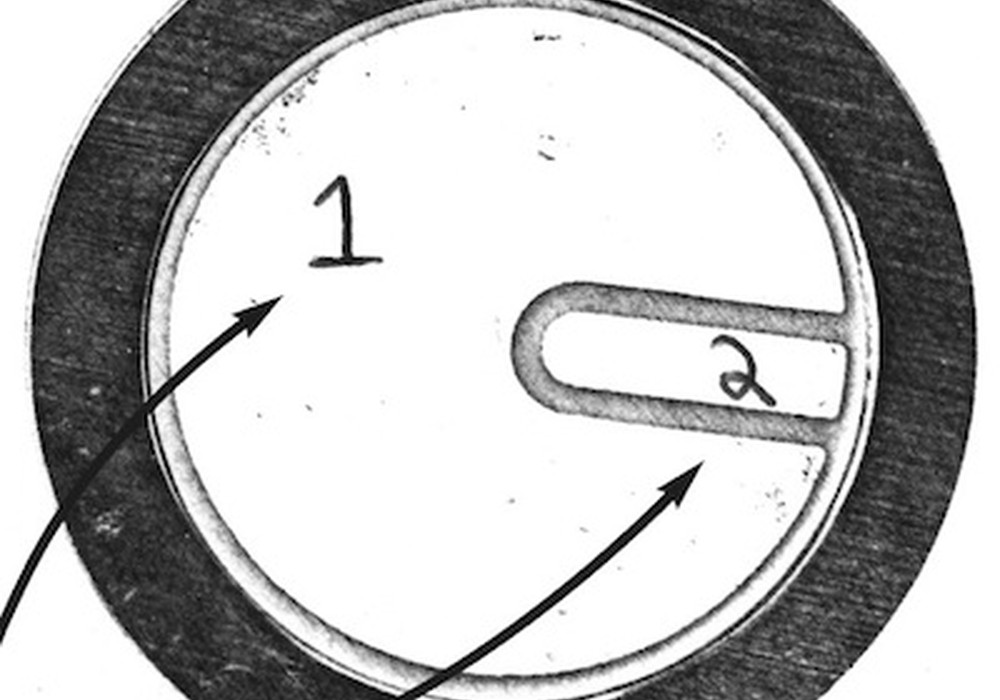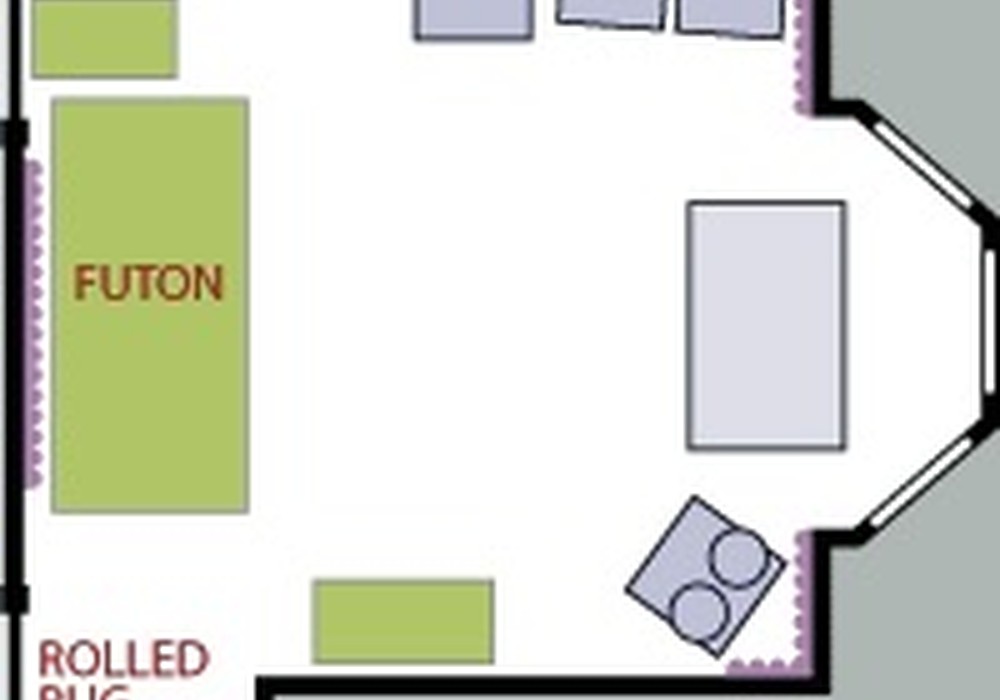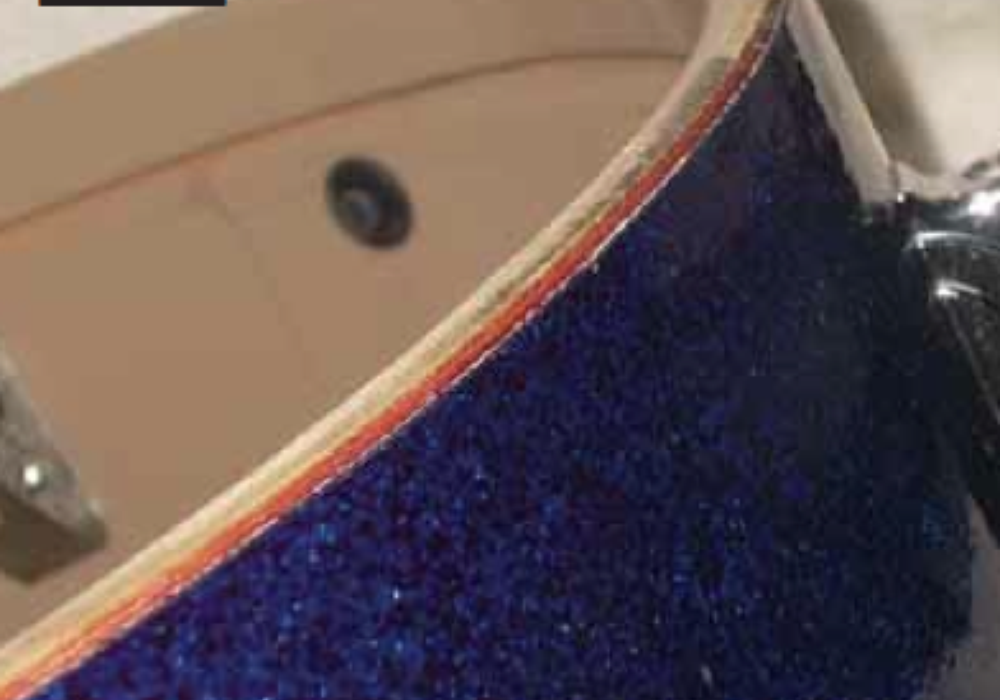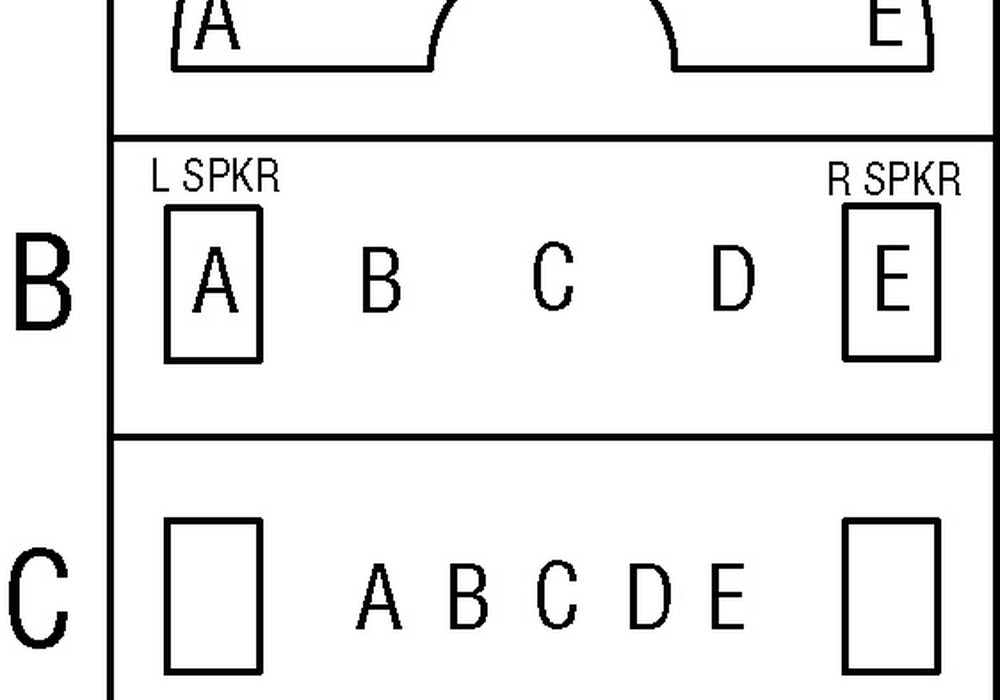In the last issue of Tape Op, Rich Hardesty's article, "A Beginner's Guide to Digital Recording With Your PC," was really inspiring to me for two reasons. First, that you were doing an article, on computers, and second, because he says "Sorry Mac folks, I don't speak your language." Rich covered a lot of ground that works for anyone doing digital audio, be it a Macintosh, Windows, Roland or whatever. But here's a few Macintosh orientated ideas. Rich took the "use the latest inexpensive gear" angle, which is a good one. But there is also the "go for the used gear" angle, and the "spend a little bit more and really have some great stuff" angle.
Hardware — Used Machines
Going for a used Macintosh system is quite an amazing way to go. You can buy these machines dirt cheap with some expansion (from the graphics people that are upgrading) and they still make powerful workstations. For a used machine the 68030/40 machines are still serviceable. The Quadra 650 was a very popular machine and works great for doing music with an "audio" card. I say audio card because all Macs have built in sound. The early ones have 8-bit mono, later ones got stereo and the new ones have 16 bit 44.1 mHz stereo. But no one ever really made a "sound" card for the Macintosh. Audio cards for the older machines are called Nubus cards. This was the first bus tech that Apple used in the Macs (there were some other ones, but you don't really need to think about them). For the most part only Digidesign made any audio cards for the Nubus that are worth buying. They had several cards but the one to look for is the AudioMedia II (AMII). This card has stereo in, out and S/PDIF. This card is a workhorse and has been used by many professionals. Digidesign did make an AudioMedia I, but it didn't have S/PDIF. The AudioMedia II did have socketed RAM and you could expand it. I only know of one program that took advantage of this. It was a shareware app that let you program your own reverbs. Digidesign took the expandable RAM off of the AMII.
The next step in used systems are the PPC machines. Most of these have 16 bit built-in sound. The audio quality generally gets better the newer the machines. For the most part the built- in sound on the Macs was better then what the "sound" cards on the Windows machines had at the time. The first PPCs had Nubus slots, so if you get one of these you can use an AudioMedia II card. These include the 6100, 7100, and the 8100. To use the 6100 you have to remove the built in hard drive and install it externally, get the Nubus card expander and then add the AMII card. The 7100 and 8100 have 3 decent slots so they are easier to add the card too. The next step (you Mac guys will get this) in the PPC line were the 7200, 7500, 7600 and 8500. These are all great machines that can be upgraded to G3s, but I wouldn't suggest that you go that route, since it would probably cost less to just buy a new Macintosh (I'll get to that in a moment). These machines all had PCI slots, like the ones in the Windows machines. With these machines you get lots of choices. The most basic one is that they all have decent audio built in. So you can get away without any additional hardware.
New G3s
Right after this came the G3s. Apple has already replaced the first G3s but these machines really rock. The built in audio is the best they've put into a machine yet and they are very fast upgradeable computers. They have a few hurdles to get around but most of those will be dealt with by the time you read this so I won't even bother.
Audio Expansion
I've gone over the AMII card which is one of the best solutions for the Nubus machines. You can find some ProTools Nubus systems but Digidesign has done a pretty good job of making sure that they got most of those back. So that leaves the Nubus folks with the AMII. For the PCI machines you start with the AudioMedia III which is pretty much an AMII for PCI slots. There are several other companies making great PCI hardware. My current favorite is the Mark of the Unicorn 2408. This rig lists for just under $1000 so you should be able to buy it for $750 or less. It has 8 20bit converters on it, 3 ADAT light pipes and 3 Tascam Tdif ports. Once you have the core system you can expand it with another interface for $750 retail giving you lots of I/O. The really cool...
